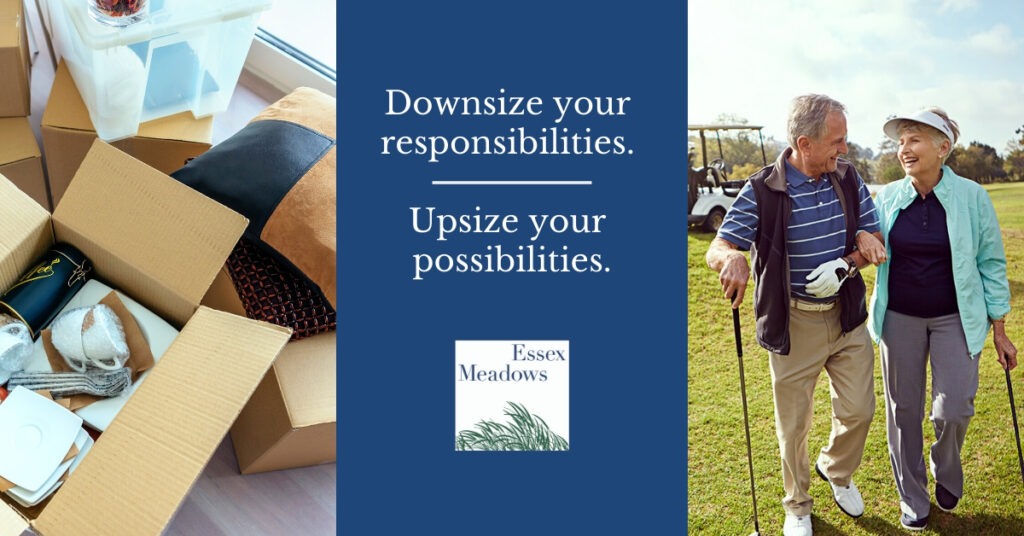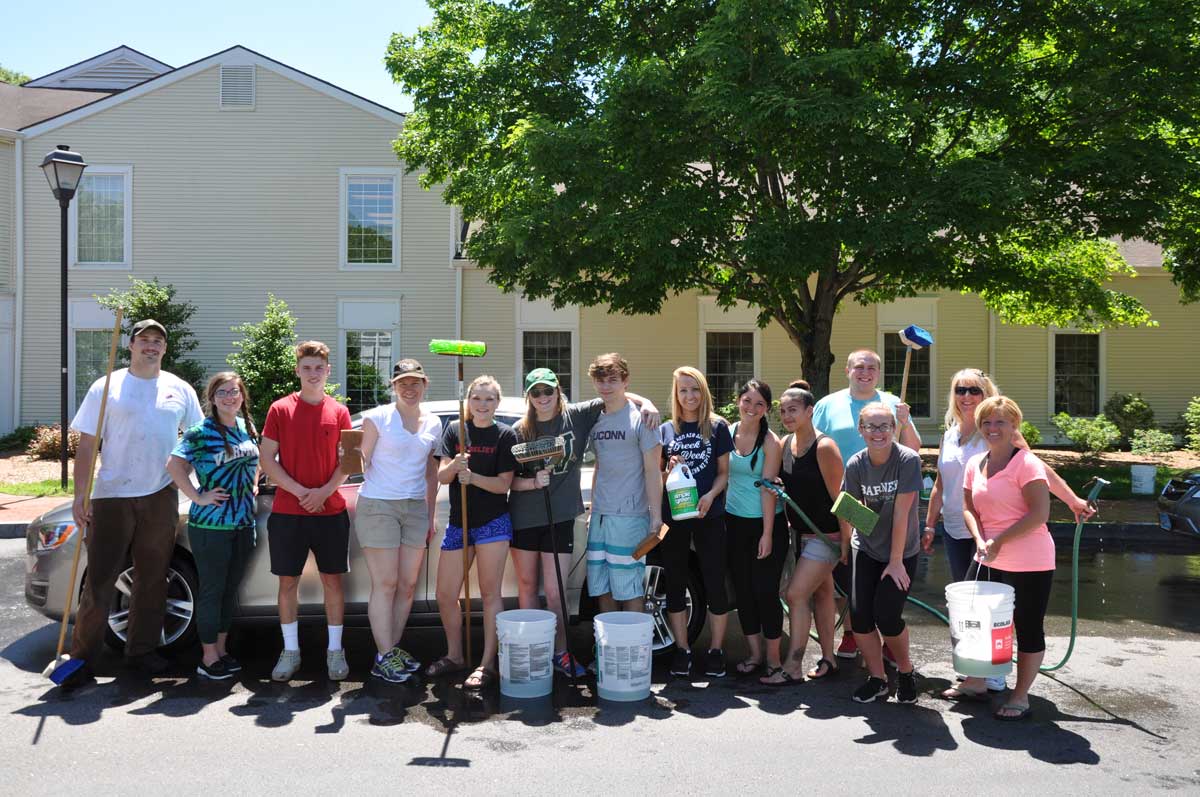How to Downsize
June 1, 2020
Moving is rarely easy. And if you’ve spent decades in the same home, it can feel overwhelming. Once you decide moving to a senior living community is the right choice for you, you’ll more than likely have to declutter and downsize.
The definition of downsizing isn’t the same for everyone. For some seniors, it means moving to a smaller house with less space to clean and maintain. For others, it means freeing themselves from the responsibilities of home maintenance, cooking and cleaning in order to focus more on family, friends and special interests. Regardless of your reasons, this blog will offer you suggestions on how to downsize your life.
Getting Started
There’s usually a story behind the things you own: fond memories, special gifts or family heirlooms. As you start the downsizing process, here are four key questions to help you figure out whether to keep, give away, or sell a specific possession.
- Is this an item that’s used regularly, and has it been used in the past year?
- Does it truly enhance your quality of life?
- Would this item physically fit in your smaller living space and future lifestyle?
- Does it have a significant dollar value?
12 Downsizing and Decluttering Tips
As you prepare for this exciting new phase of your life, these 12 suggestions on how to declutter will help make it as easy as possible.
- Unpack your emotions: Going through a lifetime of possessions can be an emotional process that might take longer than you expect. To ensure you have plenty of time for a few trips down memory lane, it’s important to start the downsizing process as soon as possible.
- Get organized: Create a list for every room in your house, and sort each possession into one of four categories: Keep, Give Away, Sell, and Decide Later. As you make your lists, consider the four questions above. (Note: Everything on the Decide Later list eventually must move to either the Keep, Sell, or Give Away list.)
- Be ruthless: As hard as it may be to decide, keep only what you use or what has significant sentimental value.
- Just the necessities: Choose the most necessary furniture items first like a bed, dresser, small kitchen table with a couple of chairs, couch, and an end table. Then, if there’s still room, you can add extra pieces.
- Pass it on: Do your friends or family members have their eye on one of your possessions? Why not share now? You’ll have the joy of watching them enjoy what’s precious to you both.
- Feel of home: Keep only the possessions that make your house distinctively your home. Framed family photos, artwork and other cherished items should have a spot in your new place to help create a familiar and homelike environment.
- Clean the kitchen: After you move, you’ll probably be cooking less and taking advantage of the community’s meal plan more. Consider keeping only what you need and giving the rest away.
- Empty the shed: When you choose a maintenance-free community like Essex Meadows, we’ll take care of the mowing and leaf and snow removal. Plus, we’ll look after the plumbing, heating and air conditioning, so you won’t need most of your tools.
- Let go of your library: Make sure to keep your favorite books, and then share the joy of reading with others by donating or selling the rest.
- Freshen your linens: Take stock of your sheets, blankets and bath towels, and throw away any threadbare, stained or unmatched items. In fact, once you’ve moved, you might want all new items to match your new space.
- Clothes and coats: Maybe one of the hardest things to go through are your coats and clothes. A good rule of thumb is if you haven’t worn it in the last 12 months, then you probably don’t need it anymore.
- Now’s the time: If you haven’t already started decluttering and downsizing, how about tackling a drawer, closet or room right now?
Take the First Step
If you’re ready to downsize your responsibilities while upsizing your lifestyle, now’s a good time to consider moving to a senior living community like Essex Meadows. Our cottages are roughly the same size as the average Connecticut house, ranging from 1,700 to 2,064 square feet. So you may have less downsizing to do than you think.
To learn how we can help make your move more manageable, fill out the contact form below. We can also send you our “Make Your Move Guide” with step-by-step instructions on how to downsize.


